Home>Garden Essentials>What Is Seed Scarification
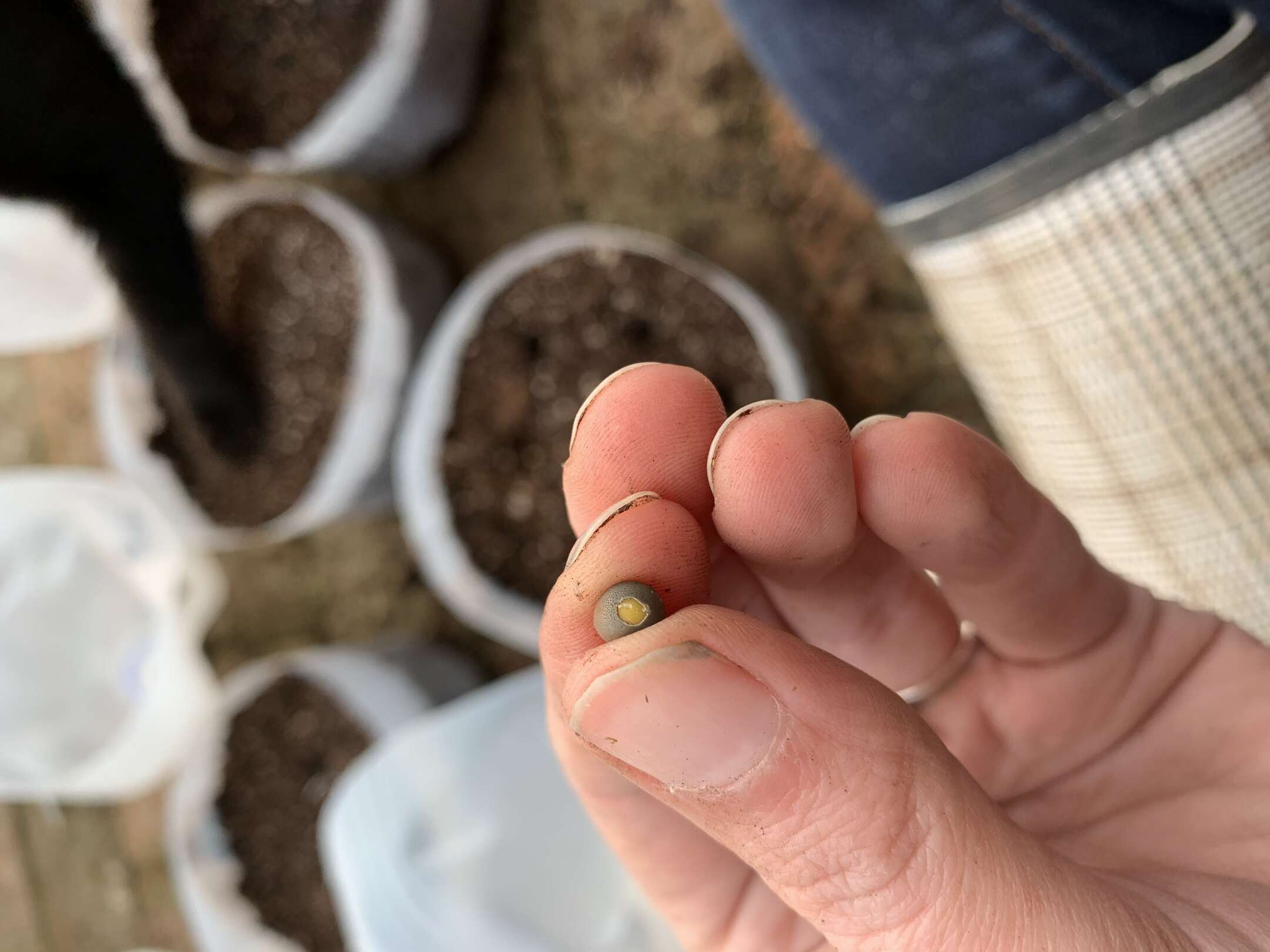

Garden Essentials
What Is Seed Scarification
Modified: March 15, 2024
Learn about seed scarification in the garden to improve germination rates and ensure successful plant growth.
(Many of the links in this article redirect to a specific reviewed product. Your purchase of these products through affiliate links helps to generate commission for Storables.com, at no extra cost. Learn more)
Introduction
Planting seeds is an exciting and fulfilling endeavor for gardeners and horticulturists alike. However, not all seeds are created equal. Some seeds possess hard outer coats that can inhibit germination, causing frustration and disappointment for those eagerly awaiting the emergence of new growth. That’s where seed scarification comes in.
Seed scarification is a technique used to break the dormancy of certain seeds by mechanically or chemically altering their outer protective layer. It aids in softening or thinning the seed coat, allowing moisture and air to penetrate, and stimulating the germination process. This process mimics the natural conditions seeds would undergo in the wild, ensuring better and faster seedling establishment.
Throughout this article, we will dive into the purpose of seed scarification, explore the various methods used, and discuss the benefits it brings to gardeners and plant enthusiasts.
So, whether you’re a seasoned gardener or a beginner looking to improve seed germination rates, keep reading to discover the wonders of seed scarification and how it can optimize your gardening success.
Key Takeaways:
- Seed scarification breaks seed dormancy, allowing water and air to penetrate seeds for better germination. It promotes healthier seedlings and expands the variety of plants that can be grown.
- By using scarification techniques, gardeners can achieve more consistent and synchronized seedling emergence, leading to easier management and improved overall plant health.
Read more: What Is A Seed?
Definition of Seed Scarification
Seed scarification is a horticultural practice that involves intentionally damaging or altering the outer seed coat of certain plant species to promote germination. The term “scarification” derives from the Latin word “scarificare,” meaning “to make an incision.” By physically or chemically modifying the seed coat, the natural dormancy mechanism is disrupted, allowing the seed to break its dormancy and begin the germination process.
The seed coat serves as a protective barrier, shielding the embryo within from external factors such as water, air, and microorganisms. While this protective layer is beneficial in preventing premature germination, it can also pose a challenge when it comes to sowing and establishing seeds in controlled environments.
Certain plant species have evolved specialized mechanisms that prevent the seeds from germinating under unfavorable conditions, such as extreme temperatures or lack of moisture. This dormancy ensures the seed’s survival, as it waits for the optimal conditions to germinate and grow.
However, for gardeners and horticulturists who desire timely and successful seed germination, seed scarification is a valuable technique. By breaking or weakening the seed coat, scarification allows water and air to penetrate the seed, triggering the process of germination.
It is important to note that not all seeds require scarification. Some seeds, such as those of annual garden flowers and vegetables, naturally have thin seed coats and do not usually require scarification for successful germination. However, many tree and shrub seeds, as well as those of certain wildflowers and perennials, may benefit from scarification to increase germination rates.
It’s crucial to understand the specific requirements of the seeds you intend to scarify, as improper scarification can cause damage and compromise seed viability. By following appropriate techniques and taking into account the seed’s natural dormancy mechanisms, you can effectively enhance the germination potential and overall success of your seed-starting endeavors.
Purpose of Seed Scarification
The main purpose of seed scarification is to overcome seed dormancy and encourage germination. Dormancy is a naturally occurring phenomenon that prevents seeds from germinating under unfavorable conditions, helping them survive until conditions improve. However, some seeds have particularly hard or impermeable seed coats that require scarification to initiate the germination process. Let’s explore the specific purposes of seed scarification:
1. Overcoming Seed Coat Hardness: Certain seeds, such as those of many woody plants, have hard seed coats that prevent water and air from entering. Scarification breaks down the hard outer layer, allowing moisture to penetrate and stimulate germination. By softening the seed coat, scarification increases the chances of successful seed germination.
2. Enhancing Water Absorption: Scarification not only helps with seed coat hardness but also improves water absorption by increasing contact between the seed and moisture. This allows the seed to swell, activate enzymes, and trigger the growth process. Scarification provides an essential step in ensuring that seeds can absorb the necessary moisture for germination.
3. Promoting Oxygen Intake: In addition to water, oxygen is crucial for successful seed germination. Scarification facilitates the exchange of gases between the seed and the surrounding environment, enabling the embryo to access the vital oxygen needed to break dormancy and initiate growth. Without proper oxygen intake, seeds may remain dormant and fail to germinate.
4. Breaking Seed Dormancy: Scarification helps disrupt the natural mechanisms of seed dormancy, signaling the seed to start the germination process. Seeds may enter dormancy to protect themselves from unfavorable conditions such as extreme temperatures or inadequate moisture. Scarification provides the necessary stimulus to prompt the seed to “wake up” and begin germination.
5. Increasing Germination Rates: Scarification significantly increases germination rates for certain seeds. By overcoming dormancy and enhancing the conditions necessary for germination, scarification helps gardeners and horticulturists improve the success of their seed starting efforts. This is especially beneficial when dealing with seeds that have low germination rates or are known to have hard seed coats.
Remember, different seeds have unique requirements, and not all seeds will benefit from scarification. It’s crucial to research and understand the needs of the specific plant species you are working with to ensure successful scarification and ultimately achieve higher germination rates.
Methods of Seed Scarification
There are several methods of seed scarification that gardeners and horticulturists can employ to break seed dormancy and improve germination rates. Each method varies in terms of effectiveness, ease of application, and the plant species it is suitable for. Here are some common methods of seed scarification:
1. Mechanical Scarification: This method involves physically scratching or nicking the seed coat to break its dormancy. It can be done using a variety of tools, such as sandpaper, a file, or a knife. The goal is to create small openings or abrasions in the seed coat without damaging the embryo inside. Mechanical scarification is relatively simple but requires caution and precision to avoid excessive damage to the seed.
2. Chemical Scarification: Chemical scarification involves treating seeds with chemicals to dissolve or weaken the hard seed coat. Sulfuric acid or concentrated household bleach are common solutions used for this purpose. The seeds are soaked in the solution for a specified duration, generally ranging from a few minutes to a few hours, depending on the seed species. After chemical scarification, the seeds should be thoroughly rinsed to remove any remaining chemicals.
3. Hot Water Treatment: Hot water treatment is an effective method for scarifying certain seeds. Seeds are soaked in hot water for a specific period, usually ranging from a few minutes to several hours. The temperature and duration of the treatment vary depending on the seed species. The hot water softens the seed coat, allowing moisture to penetrate and stimulate germination. After treatment, the seeds are cooled and rinsed to remove any residual heat.
4. Acid Scarification: Acid scarification involves using diluted acids, such as sulfuric acid, to scarify seeds. The seeds are soaked in the acid solution for a short period, usually a few minutes, to weaken the seed coat. It is essential to handle acids with caution and follow appropriate safety measures when performing acid scarification.
5. Sandpaper Scarification: Sandpaper scarification is a simple and widely accessible method. It involves rubbing the seeds against sandpaper or an abrasive surface to create small abrasions on the seed coat. This method breaks the dormancy by physically thinning or softening the seed coat, allowing water and air to reach the embryo.
It’s crucial to note that not all seeds require scarification, and the appropriate method may vary depending on the seed species. Proper research and understanding of the specific seed’s dormancy requirements are essential to determine the most suitable scarification method. Additionally, it’s important to exercise caution and follow safety guidelines when handling chemicals or sharp tools during the scarification process.
By utilizing the appropriate scarification method, you can enhance the germination potential of seeds with hard or impermeable seed coats, leading to more successful seedlings and a thriving garden.
Mechanical Scarification
Mechanical scarification is a method of seed scarification that involves physically scraping or scratching the hard seed coat to break dormancy and enhance germination. This process creates small openings or abrasions in the outer seed coat, allowing moisture and air to penetrate and initiate the germination process. Mechanical scarification is a popular and accessible method used by gardeners and horticulturists, especially for seeds with hard or impermeable seed coats.
To perform mechanical scarification, you will need some basic tools such as sandpaper, a file, a knife, or even a pair of scissors. The goal is to gently and precisely damage the seed coat without harming the delicate embryo inside. Here are the steps to perform mechanical scarification:
1. Select the Seeds: Identify the seeds that require scarification. Research the specific seed species to determine if they have hard seed coats that are hindering germination. It’s good to note that not all seeds require scarification, so proper research is crucial.
2. Prepare the Tools: Choose a suitable tool for scarification. Fine-grit sandpaper works well for most seeds. You can also use a file or a knife with a sharp edge. Ensure the tools are clean and free from any contaminants to avoid introducing pathogens to the seeds.
3. Scarify the Seeds: Gently rub or scrape the outer seed coat using the selected tool. For sandpaper scarification, hold the seed between your thumb and index finger and rub it against the sandpaper surface. Apply gentle pressure and move the seed back and forth or in circular motions to create small abrasions. Be careful not to apply excessive force that could damage the embryo.
4. Inspect the Seeds: After scarifying each seed, examine them to ensure that the outer seed coat has been sufficiently damaged. Look for visible scratches or abrasions on the seed coat. If necessary, continue scarifying until you are satisfied with the level of damage.
5. Sow the Scarified Seeds: Once scarification is complete, it’s time to sow the scarified seeds. Follow the specific planting instructions for the seed species, including the appropriate depth and spacing. Scarified seeds may require slightly different planting conditions compared to non-scarified seeds, so be sure to adjust accordingly.
It’s important to remember that each seed species may have different scarification requirements, including the intensity and duration of mechanical scarification. Some seeds may require only a gentle scraping, while others may need deeper scratches. Proper research, experimentation, and observation will help you understand the best scarification approach for different seeds in your garden.
Mechanical scarification is a cost-effective and accessible method that can greatly improve germination rates, especially for plant species with hard seed coats. By employing this technique, you can increase the chances of successful seed germination and establish healthy plants in your garden.
Read more: What Is Germinate
Chemical Scarification
Chemical scarification is a method of seed scarification that involves treating seeds with chemicals to weaken or dissolve the hard outer seed coat. This process helps to break seed dormancy and enhance germination. Chemical scarification is particularly effective for seeds with extremely hard or impermeable seed coats, as it provides a controlled and efficient way to facilitate the germination process.
To perform chemical scarification, you will need to select the appropriate chemicals and follow specific protocols. Here is a general overview of the steps involved in chemical scarification:
1. Select the Seeds: Identify the seeds that require chemical scarification. Research the specific seed species to determine their dormancy characteristics and the recommended chemicals for scarification. It’s important to note that not all seeds require chemical scarification, so proper research is crucial.
2. Choose the Chemical: Select the appropriate chemical for scarification based on the seed species’ requirements. Common chemicals used for scarification include sulfuric acid and concentrated household bleach. These chemicals help weaken or dissolve the seed coat, making it easier for water and oxygen to penetrate and initiate germination.
3. Prepare the Solution: Dilute the chosen chemical according to the instructions provided. It is crucial to handle chemicals with caution and follow safety guidelines. Always wear protective gloves and eyewear when working with chemicals.
4. Soak the Seeds: Place the seeds in the diluted chemical solution and allow them to soak for the recommended duration. This duration varies depending on the seed species and chemical used. Be sure to follow the specified guidelines to avoid damaging the seeds or compromising their viability.
5. Rinse the Seeds: After the designated soaking period, thoroughly rinse the seeds to remove any residual chemicals. Use clean, running water to ensure all traces of the chemical solution are washed away. This step is essential to prevent harm to the germinating seeds.
6. Sow the Scarified Seeds: Once the scarification process is complete, sow the scarified seeds according to the specific planting instructions for the seed species. It’s crucial to provide appropriate environmental conditions, such as suitable soil moisture and temperature, to support the germination process.
Chemical scarification can be a highly effective method for breaking seed dormancy and stimulating germination. However, it is important to exercise caution when working with chemicals and follow safety guidelines. Always handle chemicals in a well-ventilated area and ensure they are stored safely out of reach of children and pets.
By using the appropriate chemicals and following proper protocols, chemical scarification can significantly enhance germination rates and increase your success in seed starting projects. It is recommended to consult reliable sources or seek guidance from horticultural experts for specific recommendations on chemical scarification for different seed species.
Hot Water Treatment
Hot water treatment is a method of seed scarification that involves soaking seeds in hot water to break dormancy and enhance germination. This process is particularly useful for seeds with hard or impermeable seed coats, as it helps to soften the seed coat and promote the absorption of water, thus initiating the germination process.
To perform hot water treatment, you will need to follow specific protocols and considerations. Here is a general overview of the steps involved:
1. Select the Seeds: Identify the seeds that require hot water treatment. Research the specific seed species to understand their dormancy characteristics and determine if hot water treatment is recommended. It’s important to note that not all seeds require this treatment, so proper research is crucial.
2. Determine the Treatment Variables: Each seed species may have different hot water treatment requirements in terms of temperature and duration. Consult reliable sources or reference guides to determine the specific treatment variables for the seeds you are working with.
3. Prepare the Hot Water Bath: Heat water to the recommended temperature for hot water treatment, usually between 122°F (50°C) to 140°F (60°C), depending on the seed species. Use a thermometer to monitor and maintain the water temperature within the desired range.
4. Soak the Seeds: Place the seeds in a container or a mesh bag and submerge them in the hot water bath. Maintain the seeds in the hot water for the recommended duration, usually ranging from a few minutes to several hours, depending on the seed species.
5. Cool and Rinse the Seeds: After the designated soaking period, transfer the seeds to a container of room temperature or cold water to cool them down quickly. This step halts the treatment process and helps prevent damage to the germinating seeds. Thoroughly rinse the seeds to remove any debris or residue from the hot water bath.
6. Sow the Treated Seeds: Once the hot water treatment is complete, sow the treated seeds according to the specific planting instructions for the seed species. Ensure that the environmental conditions, such as soil moisture and temperature, are suitable for the germination process.
Hot water treatment is an effective and accessible method for scarifying seeds with hard seed coats. The heat from the hot water helps to soften the seed coat, allowing moisture to penetrate and stimulate germination. However, it’s important to follow the recommended treatment variables to prevent overheating or damaging the seeds.
By using hot water treatment appropriately, you can significantly improve germination rates and increase the success of growing seeds with hard seed coats. It is recommended to consult reliable sources or seek guidance from horticultural experts for specific recommendations on hot water treatment for different seed species.
Acid Scarification
Acid scarification is a method of seed scarification that involves treating seeds with diluted acids to break seed dormancy and enhance germination. This technique is particularly beneficial for seeds with hard, impermeable seed coats that require additional measures to soften and thin the outer layer. Acid scarification helps to weaken the seed coat, allowing moisture and air to penetrate and stimulate germination.
To perform acid scarification, it is important to handle acids with caution and follow specific protocols. Here is a general overview of the steps involved:
1. Select the Seeds: Identify the seeds that require acid scarification. Research the specific seed species to understand their dormancy characteristics and determine if acid scarification is recommended. Not all seeds require this treatment, so proper research is crucial.
2. Choose the Acid: Select a suitable acid for scarification based on the seed species’ requirements. Sulfuric acid is commonly used for acid scarification due to its effectiveness in breaking down hard seed coats. It is advised to handle acids with extreme caution, wearing protective gloves and eyewear.
3. Dilute the Acid: Prepare a diluted acid solution by adding a specific amount of water to the acid. The concentration and duration of the acid treatment depend on the seed species and the recommended guidelines. It is crucial to follow the recommended dilution ratios to ensure safety and prevent damage to the seeds.
4. Soak the Seeds: Place the seeds in the diluted acid solution and allow them to soak for the recommended duration. The soaking time typically ranges from a few minutes to a few hours, depending on the seed species. It is important not to exceed the recommended soaking time, as it may harm the seeds.
5. Rinse the Seeds: After the designated soaking period, thoroughly rinse the seeds with clean water to remove any residual acid. Ensure that all traces of the acid solution are removed to prevent any harm to the germinating seeds.
6. Sow the Scarified Seeds: Once the acid scarification process is complete, sow the scarified seeds according to the specific planting instructions for the seed species. Provide appropriate environmental conditions, such as suitable soil moisture and temperature, to support the germination process.
Acid scarification is a useful method for breaking seed dormancy and improving germination rates for seeds with hard seed coats. However, it is important to exercise caution when handling acids and follow safety guidelines. Always perform the scarification process in a well-ventilated area and dispose of acids properly.
By employing acid scarification appropriately, you can enhance the germination potential of seeds with hard seed coats and increase your success in seed starting projects. It is recommended to consult reliable sources or seek guidance from horticultural experts for specific recommendations on acid scarification for different seed species.
To improve seed germination, scarify hard-coated seeds by gently rubbing them with sandpaper or soaking them in hot water to break the seed coat. This allows water and air to penetrate, promoting germination.
Sandpaper Scarification
Sandpaper scarification is a simple and effective method of seed scarification that involves rubbing the seed coat against sandpaper or an abrasive surface to break dormancy and enhance germination. This technique is commonly used for seeds with hard or impermeable seed coats, allowing for easier water absorption and germination.
To perform sandpaper scarification, you will need a piece of fine-grit sandpaper or an abrasive surface. Here is a step-by-step guide on how to carry out sandpaper scarification:
1. Select the Seeds: Identify the seeds that require scarification. Research the specific seed species to determine if sandpaper scarification is suitable. Not all seeds necessarily need this treatment, so proper research is crucial.
2. Prepare the Sandpaper: Cut a small piece of fine-grit sandpaper or use an abrasive surface that provides gentle abrasion. Ensure the sandpaper is clean and free from any contaminants.
3. Rub the Seed Coat: Hold a seed between your thumb and index finger, and gently rub it against the sandpaper in back-and-forth or circular motions. Apply light pressure to create small abrasions on the seed coat. The aim is to thin or soften the outer layer without damaging the delicate embryo inside.
4. Inspect the Seeds: After scarifying each seed, examine them to ensure the seed coat has been sufficiently damaged. Look for visible scratches or abrasions on the seed coat. If necessary, continue scarifying until you are satisfied with the level of damage.
5. Sow the Scarified Seeds: Once the scarification process is complete, sow the scarified seeds according to the specific planting instructions for the seed species. Ensure that the environmental conditions, such as soil moisture and temperature, are suitable for the germination process.
Sandpaper scarification is a cost-effective and accessible method that can effectively enhance germination rates for seeds with hard or impermeable seed coats. It allows water and oxygen to penetrate the seed coat, initiating the germination process more easily.
However, it is important to bear in mind that some seeds may have specific scarification requirements or may not respond to sandpaper scarification. Proper research and understanding of the seed species you are working with are essential to determine the most suitable scarification method.
By utilizing sandpaper scarification appropriately, you can significantly improve germination rates and increase the success of growing seeds with hard seed coats. Remember to adjust the intensity of abrasion depending on the seed species and always follow proper planting guidelines to ensure optimal conditions for germination.
Read more: What Are Seeds
Benefits of Seed Scarification
Seed scarification offers several benefits for gardeners and horticulturists looking to improve seed germination rates and enhance the success of their planting endeavors. By breaking seed dormancy and promoting better seed coat permeability, scarification can provide the following advantages:
1. Enhances Germination: One of the primary benefits of seed scarification is that it significantly improves germination rates. Scarification allows water and oxygen to penetrate the seed coat more easily, providing the necessary conditions for the embryo to begin germination. This leads to higher success rates in seed germination and reduces the time it takes for seeds to sprout.
2. Breaks Dormancy: Many seeds have natural dormancy mechanisms that prevent them from germinating until specific conditions are met. Scarification disrupts these dormancy mechanisms by weakening or thinning the seed coat, signaling to the seed that it is time to break dormancy and start the germination process. This is particularly beneficial for seeds with hard or impermeable seed coats.
3. Increases Seedling Uniformity: Scarification helps promote more uniform and synchronized seedling emergence. By ensuring that each seed has a better chance of germination through scarification, it leads to a more consistent appearance and growth rate among the resulting seedlings. This is valuable for commercial growers and those looking for a more consistent and aesthetically pleasing garden.
4. Promotes Overall Seedling Health: Scarification can lead to healthier seedlings due to improved seed coat permeability. With scarification, water and oxygen can reach the embryo more efficiently, facilitating the necessary metabolic processes for healthy seedling growth. Scarified seeds are also less prone to rot or fungal infections caused by excessive moisture trapped within the seed coat.
5. Expands Plant Options: Some plant species have seeds with naturally hard or impermeable seed coats, limiting their potential for successful germination. By employing scarification techniques, gardeners can expand their options and successfully grow a wider range of plants that would otherwise be more challenging to establish from seeds.
6. Increases Seed Viability: Scarification can enhance the viability of certain seeds. For seeds with hard seed coats, scarification disrupts the physical barrier that may inhibit germination. By addressing this constraint, scarification improves the seed’s overall viability and increases the chances of successful seedling establishment.
Incorporating seed scarification techniques into your seed starting practices can greatly improve germination rates, increase seedling uniformity, and promote healthier plant growth. It allows for a wider range of plant options and increases the chances of success, making it a valuable tool in the arsenal of gardeners and horticulturists.
Enhances Germination
Enhancing germination is one of the key benefits of seed scarification. By employing scarification techniques, gardeners and horticulturists can significantly improve the rate at which seeds germinate and grow into healthy plants. Here are some of the ways in which seed scarification enhances germination:
1. Overcoming Seed Coat Hardness: Certain seeds have hard or impermeable seed coats that can be a barrier to germination. Scarification breaks down the tough outer layer, allowing water and air to penetrate the seed. This softens the seed coat and enables the vital processes of water absorption and oxygen exchange necessary for germination to occur.
2. Facilitating Water Absorption: Scarification promotes efficient water absorption by the seeds. When the hard seed coat is scarified, it becomes more porous, allowing water to enter the seed more easily. Adequate water uptake is essential for the activation of enzymes and metabolic processes that trigger germination.
3. Stimulating Hormonal Activity: Scarification can stimulate the release of hormones within the seed, signaling it to break dormancy and initiate growth. The mechanical or chemical scarification process disrupts the balance of hormones that maintain dormancy, prompting the seed to germinate and begin the development of roots and shoots.
4. Providing Optimal Oxygen Intake: Oxygen is another crucial factor for successful germination. Scarification allows oxygen to reach the embryo more readily by improving the permeability of the seed coat. Oxygen is necessary for the activation of enzymes and energy production during germination, ensuring healthy growth from the start.
5. Breaking Seed Dormancy: Many seeds have built-in dormancy mechanisms, which delay germination until specific conditions are met. Scarification breaks this dormancy by weakening or thinning the seed coat, simulating natural processes that occur in the environment, such as freezing, thawing, or weathering. This disruption signals to the seed that it is time to germinate, enabling it to utilize available resources for growth.
6. Accelerating Germination Time: Scarification can result in faster germination times compared to seeds that have not been scarified. By facilitating the entry of water, air, and nutrients into the seed, scarification provides optimal conditions for germination. This speeds up the overall germination process, allowing seedlings to emerge more quickly and uniformly.
7. Increasing Germination Success: Scarification increases the overall success rate of germination. By improving water absorption, oxygen intake, and hormonal activity, scarification provides favorable conditions for the seed to develop into a healthy seedling. This reduces the likelihood of seed failure, resulting in a higher percentage of seeds successfully germinating.
Whether you are starting a new garden or trying to propagate plants from seeds, scarification can greatly enhance germination rates. It allows for quicker, more uniform seedling emergence and increases the chances of successful plant establishment. By breaking down barriers and providing optimal conditions for germination, seed scarification sets the stage for healthy, thriving plants in your garden.
Breaks Dormancy
Breakings dormancy is a critical role of seed scarification. Dormancy is a natural adaptive mechanism that prevents seeds from germinating under unsuitable conditions, ensuring their survival until the environment becomes more favorable. However, some plant species have seeds with extended or deep dormancy, which becomes a challenge for gardeners and horticulturists aiming to successfully propagate these plants. Seed scarification helps break dormancy and promotes germination by overcoming the natural barriers that prevent seeds from initiating growth. Here’s how scarification breaks seed dormancy:
1. Overcoming Physiological Dormancy: A common type of seed dormancy is physiological dormancy, where the embryo remains dormant until specific physiological changes occur. Scarification techniques physically or chemically weaken the seed coat, allowing water and air to penetrate and reach the embryo. This promotes the necessary physiological changes and triggers seed germination.
2. Disrupting Physical Dormancy: Some seeds have hard or impermeable seed coats that physically prevent germination. Scarification methods, such as mechanical abrasion with sandpaper or a file, create scratches or grooves on the seed coat, breaking down the physical barrier. This disruption enables water absorption, softening of the seed coat, and eventual embryo growth.
3. Simulating Environmental Conditions: Scarification mimics natural environmental processes that naturally break seed dormancy. Exposure to cold temperatures, freezing and thawing cycles, or abrasion from wind, water, or animal digestion can all scarify seeds in the wild. Scarification techniques recreate these conditions in controlled settings, stimulating the seed to break dormancy as if it had undergone natural scarification.
4. Triggering Hormonal Changes: Seed scarification can induce hormonal changes within the seed that prompt dormancy release. Hormones play a crucial role in regulating seed dormancy, and scarification disrupts the balance of these hormones, signaling to the seed that the conditions are favorable for germination. This triggers the production of growth-promoting hormones, leading to the initiation of germination.
5. Promoting Embryo Growth: Scarification not only breaks seed dormancy but also kickstarts the growth of the embryo. By providing optimal conditions for water absorption, oxygen intake, and nutrient availability, scarification enables the embryo to resume its metabolic activities and initiate growth. This allows the seed to develop roots, stems, and leaves, ultimately becoming a healthy seedling.
By applying appropriate scarification methods, gardeners and horticulturists can effectively break seed dormancy and increase the chances of successful germination. It is important to understand the specific dormancy mechanisms of the seeds being scarified and to follow the recommended scarification techniques for each seed species. With the successful breaking of dormancy, gardeners can unlock the full potential of seeds, paving the way for the growth and flourishing of a diverse range of plants in their gardens.
Increases Seedling Uniformity
An important benefit of seed scarification is the increased seedling uniformity it promotes. Uniformity refers to the consistency in appearance, growth rate, and developmental stage among seedlings originating from the same batch of seeds. Achieving uniformity in seedlings is desirable for various reasons, including aesthetics, ease of management, and maximizing crop yield. Here’s how seed scarification helps increase seedling uniformity:
1. Simultaneous Germination: Scarification breaks seed dormancy, leading to more consistent and synchronized germination among seeds. Scarified seeds have a higher probability of germinating and emerging at similar times, ensuring that seedlings start their growth journey together. This uniform emergence allows for more consistent management practices, such as watering, fertilizing, and pest control.
2. Consistent Growth Rates: Scarification promotes uniform growth rates among seedlings. When seeds are scarified, they are more likely to germinate and establish root systems simultaneously. With seeds at similar developmental stages, seedlings are more likely to experience similar growth rates, resulting in a more uniform appearance and size. This uniformity facilitates easier management and cultivation practices, such as transplanting and spacing.
3. Balanced Resource Allocation: Scarified seeds have improved access to essential resources, such as water, nutrients, and light. The scarification process allows for improved water absorption and oxygen exchange, vital for balanced seedling growth. Scarified seeds can absorb water more efficiently, enabling the seedlings to allocate resources evenly, leading to balanced growth and uniformity among the seedlings.
4. Enhanced Seedling Vigor: Scarified seeds tend to produce seedlings with enhanced vigor, contributing to uniformity. The scarification process helps overcome potential barriers to germination by breaking dormancy and facilitating healthier seedling development. Stronger and healthier seedlings are more likely to exhibit consistent growth patterns and resist stresses, leading to uniformity in plants’ overall health and vitality.
5. Easier Management and Cultivation: Uniformity in seedlings simplifies management tasks in gardens and commercial operations. With seedlings at similar growth stages, it becomes easier to implement cultivation practices such as watering, fertilizing, pruning, and pest control. Additionally, uniform seedlings facilitate efficient use of resources, including space, time, and labor.
6. Improved Crop Yields: Uniform seedlings offer the advantage of consistent growth potential, leading to improved crop yields. Uniform plants are more likely to mature and produce ripe fruit or flowers simultaneously, resulting in a more efficient and productive harvest. This is especially important in agricultural settings where consistent yields are desired for commercial purposes.
Seed scarification plays a crucial role in achieving seedling uniformity by ensuring synchronized germination, consistent growth rates, balanced resource allocation, enhanced seedling vigor, and simplified management. By employing scarification techniques, gardeners and growers can maximize the potential of their seedlings, obtaining a visually appealing and productive garden or crop field.
Promotes Overall Seedling Health
Promoting overall seedling health is a significant benefit of seed scarification. The scarification process enhances germination and seedling establishment by breaking seed dormancy and providing optimal conditions for growth. By removing barriers to germination, scarification fosters healthier seedlings, improving their chances of long-term success. Here’s how seed scarification promotes overall seedling health:
1. Enhanced Water Absorption: Scarification promotes better water absorption by softening or thinning the seed coat. This allows the seedlings to access essential moisture, which is crucial for metabolic processes, cell expansion, and overall growth. Improved water absorption ensures that seedlings have adequate hydration, preventing damping-off, dehydration, and other water-related stresses.
2. Facilitates Oxygen Exchange: Scarification improves the exchange of oxygen between the seedling and its surroundings. Oxygen is vital for root respiration, energy production, and nutrient uptake. Increased oxygen availability helps prevent suffocation of the developing roots and enhances overall seedling health by supporting crucial physiological processes.
3. Optimal Nutrient Uptake: Scarification allows roots to penetrate the growing medium more efficiently, facilitating nutrient uptake. With easier access to nutrients, seedlings can develop strong and healthy root systems, leading to improved overall vigor and resilience. Adequate nutrient uptake supports photosynthesis and other metabolic activities, ensuring healthy growth and development.
4. Disease Prevention: Scarified seeds are less prone to diseases caused by insufficient ventilation and excessive moisture trapped within the seed coat. By breaking dormancy and facilitating water absorption and air circulation, scarification creates conditions that discourage the growth and spread of pathogens. This reduces the risk of seedling infections and increases their chances of thriving.
5. Reduced Germination Time: Scarification leads to faster germination times and decreases the duration of vulnerability to diseases and adverse environmental conditions. Quick germination helps seedlings establish themselves before potential pathogens or unfavorable weather conditions can cause damage or hinder growth. This contributes to improved seedling health and vitality.
6. Encourages Robust Root Development: Scarification promotes vigorous root growth, leading to healthier plants overall. With improved water absorption and nutrient uptake, roots can develop more easily and efficiently. A robust root system enhances seedling stability, nutrient acquisition, and drought tolerance. Healthy roots contribute to the overall resilience and health of the seedlings.
7. Minimizes Transplant Shock: Scarified seedlings typically experience less transplant shock compared to unsacarified seedlings. Scarification helps seedlings establish strong root systems, making them better equipped to withstand the stresses associated with transplanting. This results in higher survival rates and improved plant health post-transplantation.
By promoting effective water absorption, oxygen exchange, nutrient uptake, and disease prevention, seed scarification fosters overall seedling health. Healthier seedlings are more likely to develop into resilient, vigorous plants. Additionally, reduced germination time and minimized transplant shock contribute to the long-term success and health of the seedlings. Incorporating scarification techniques into your seed starting process can significantly improve the health and vitality of your plants from the very beginning.
Conclusion
Seed scarification is a valuable technique that aids in breaking seed dormancy and enhancing germination rates. Whether through mechanical scarification, chemical treatments, hot water treatments, or other methods, scarification provides numerous benefits for gardeners and horticulturists.
By breaking down hard or impermeable seed coats, scarification allows water, air, and nutrients to penetrate the seeds, creating favorable conditions for germination. This promotes more timely and uniform seedling emergence, leading to healthier and more robust plants. Scarification also improves water absorption, oxygen exchange, and nutrient uptake, fostering overall seedling health and resilience.
Furthermore, scarification contributes to the expansion of plant options, allowing gardeners to cultivate a wider range of seeds and species that would otherwise have lower germination rates or complex dormancy requirements. It opens up possibilities for growing diverse plants with unique characteristics and adds beauty and variety to gardens and landscapes.
Scarification techniques should be approached with care and consideration, taking into account the specific requirements of each seed species. Proper research, understanding, and adherence to recommended scarification methods are crucial for achieving the best results. It is important to note that not all seeds require scarification, and improper scarification may damage seeds or compromise their viability.
In conclusion, seed scarification is a powerful tool in the gardener’s arsenal, improving germination rates, breaking dormancy, promoting uniform seedling emergence, and enhancing overall seedling health. By employing appropriate scarification methods, gardeners can optimize their seed starting endeavors, increase the success of germination, and enjoy the satisfaction of nurturing healthy and thriving plants.
Remember, before embarking on scarification, it is recommended to research and understand the specific requirements of the seeds you intend to scarify. Adapting scarification techniques to the needs of different seed species will ensure successful germination and contribute to the beauty and productivity of your garden or landscape.
Frequently Asked Questions about What Is Seed Scarification
Was this page helpful?
At Storables.com, we guarantee accurate and reliable information. Our content, validated by Expert Board Contributors, is crafted following stringent Editorial Policies. We're committed to providing you with well-researched, expert-backed insights for all your informational needs.
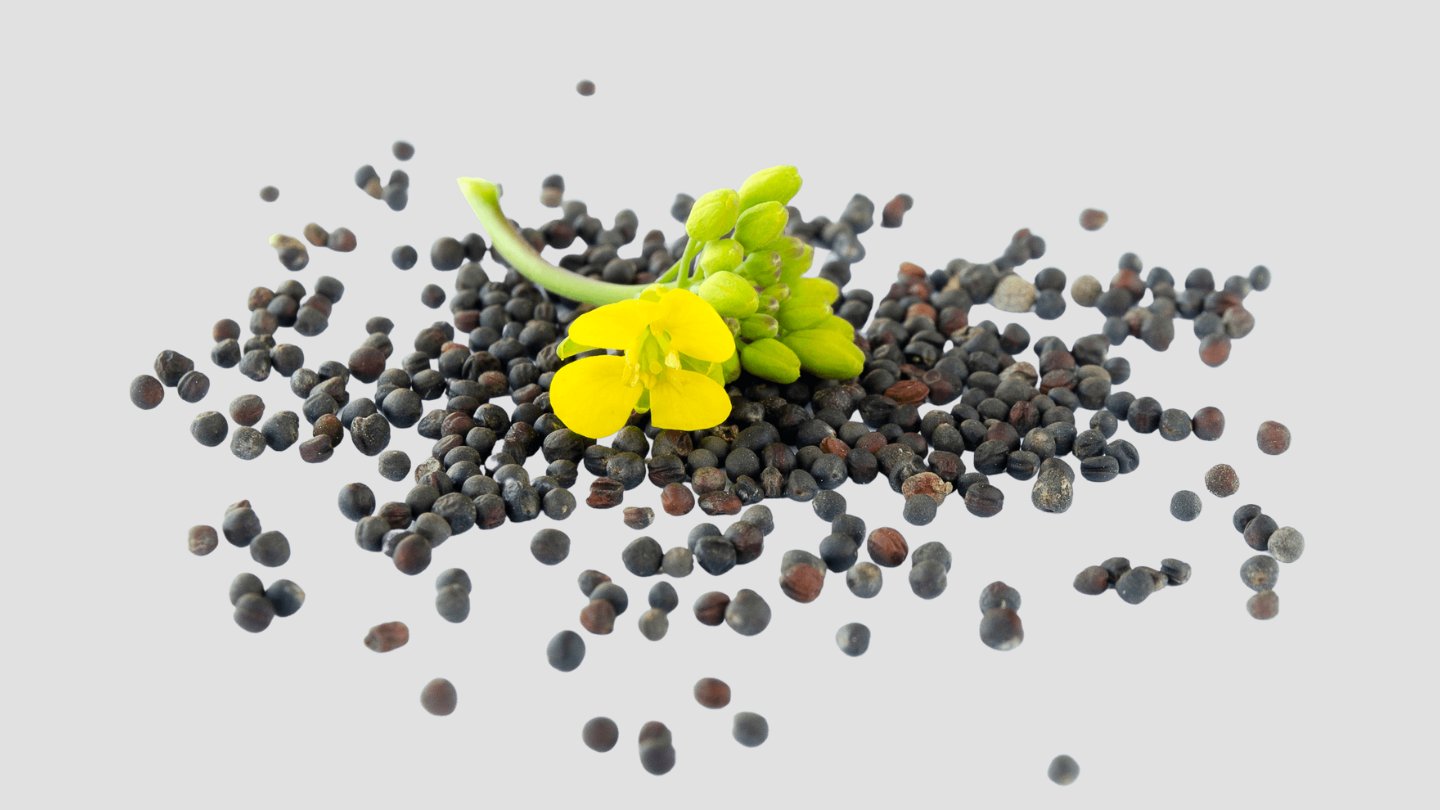
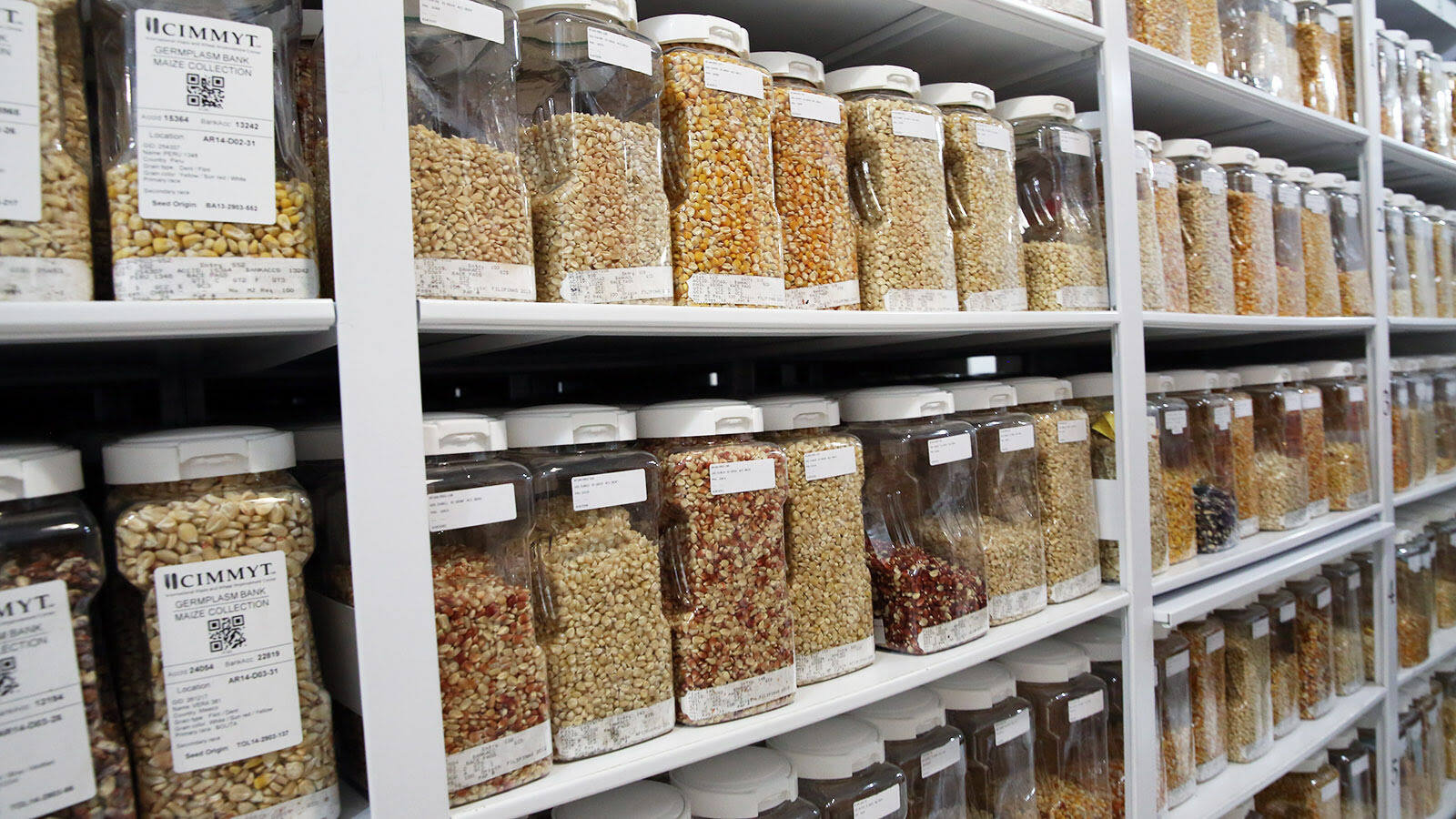
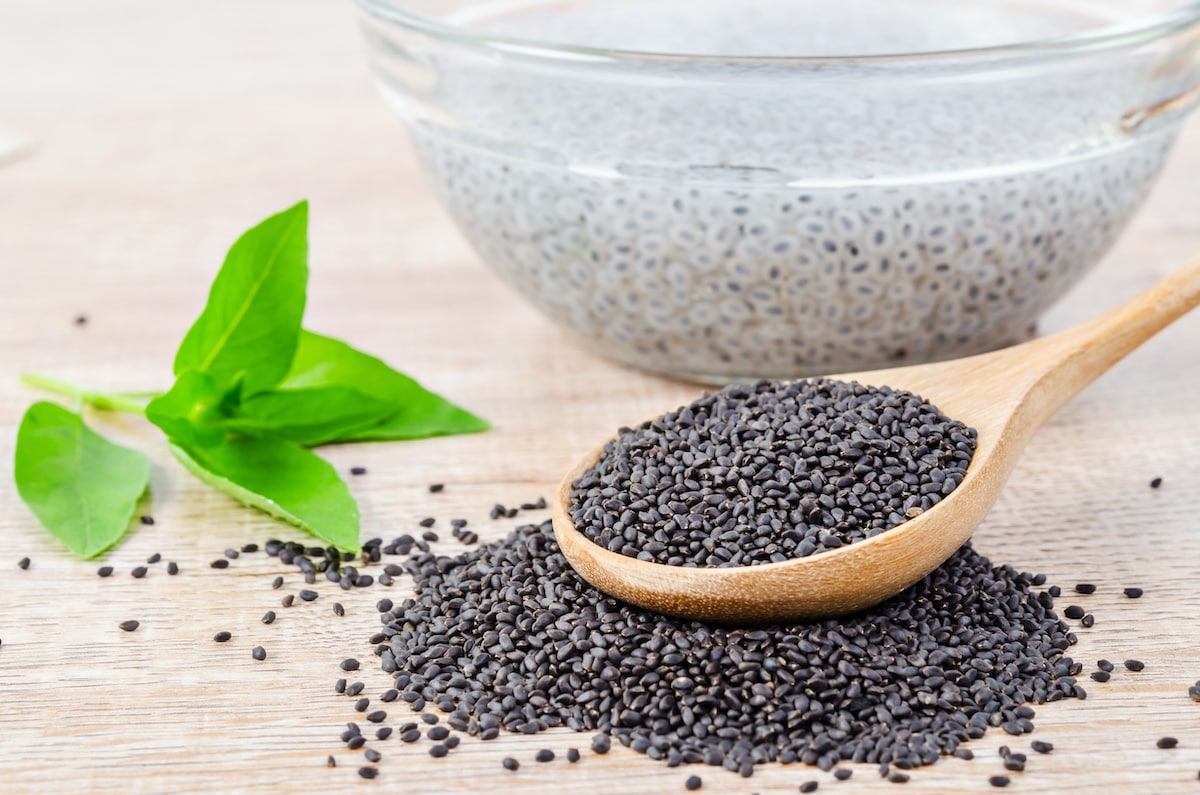
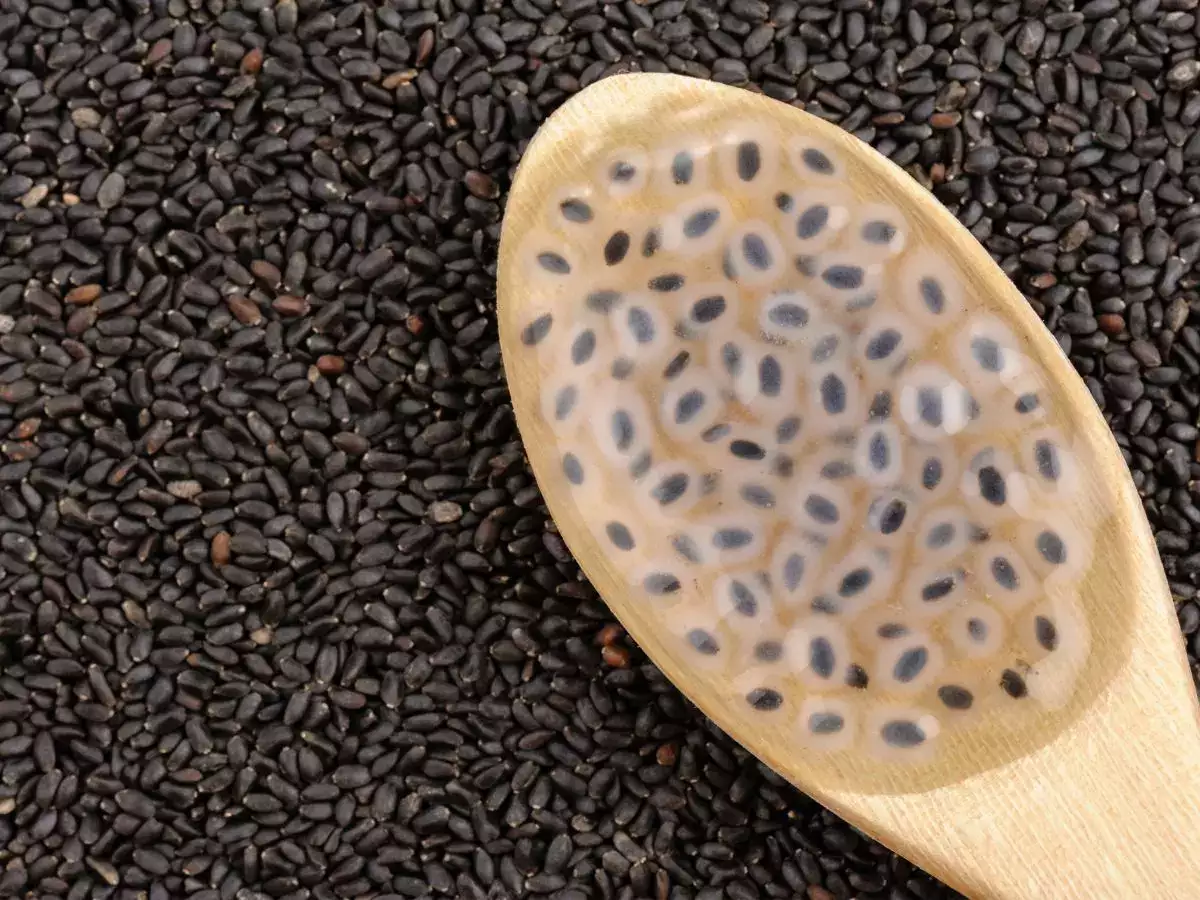
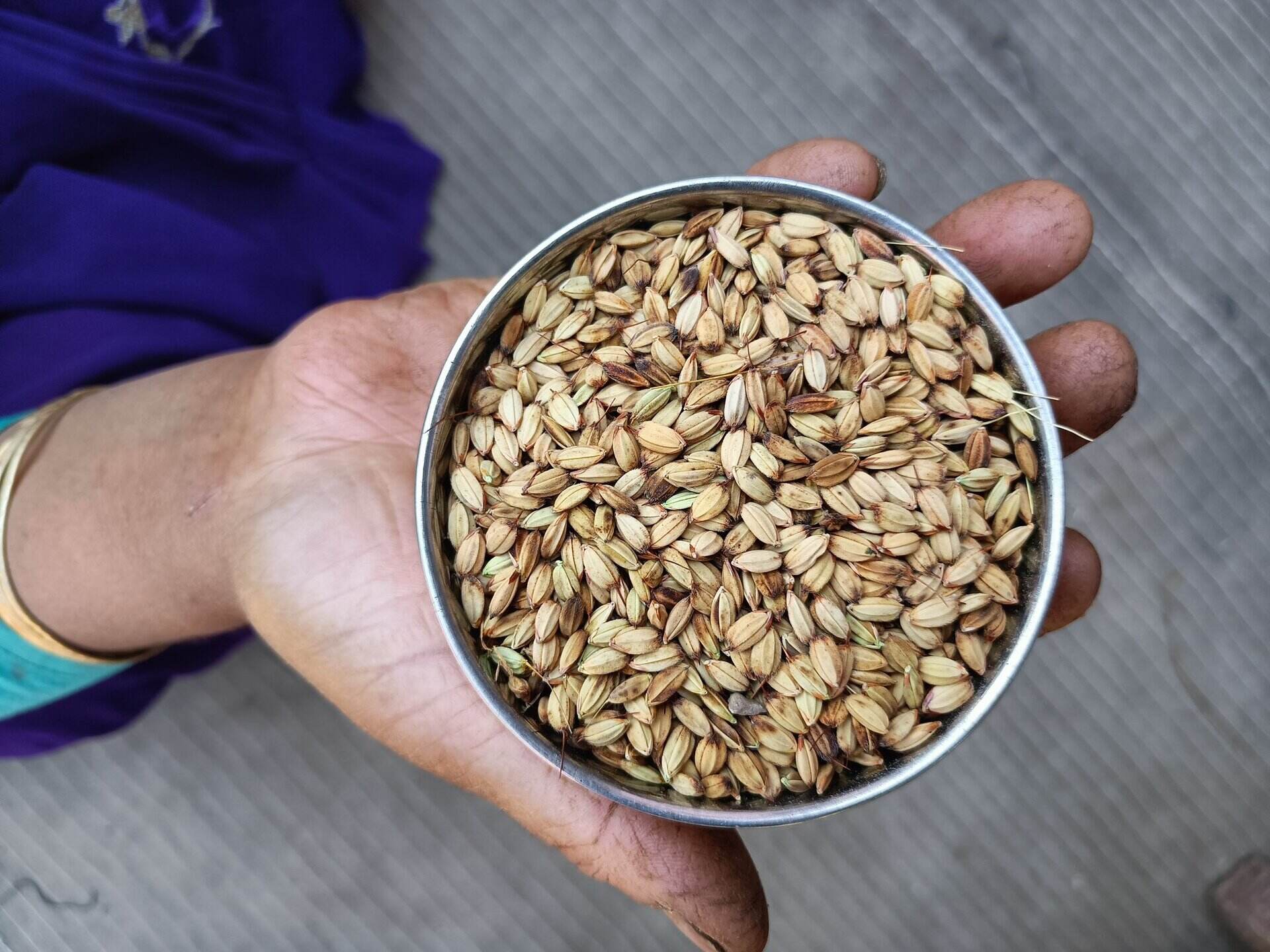
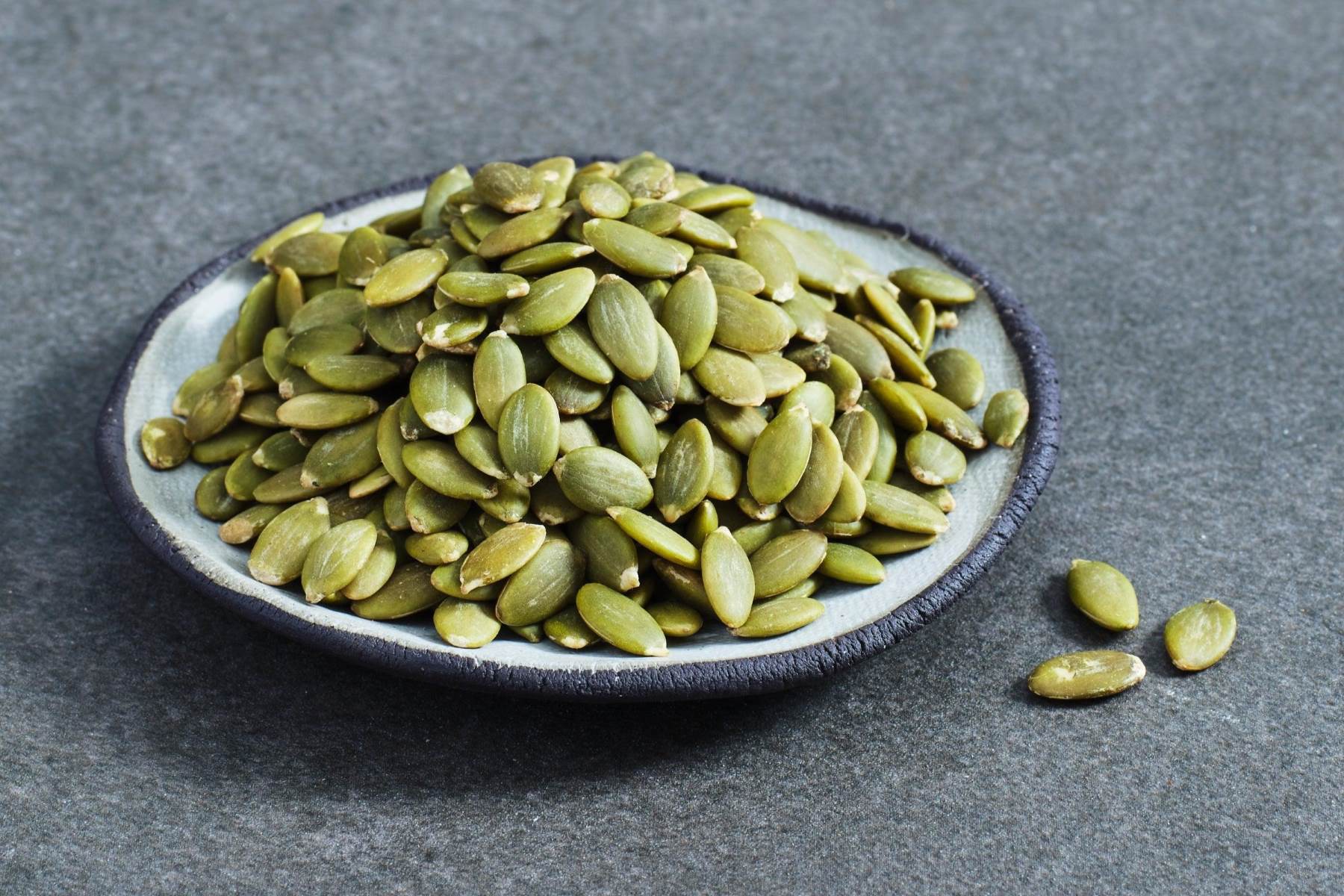
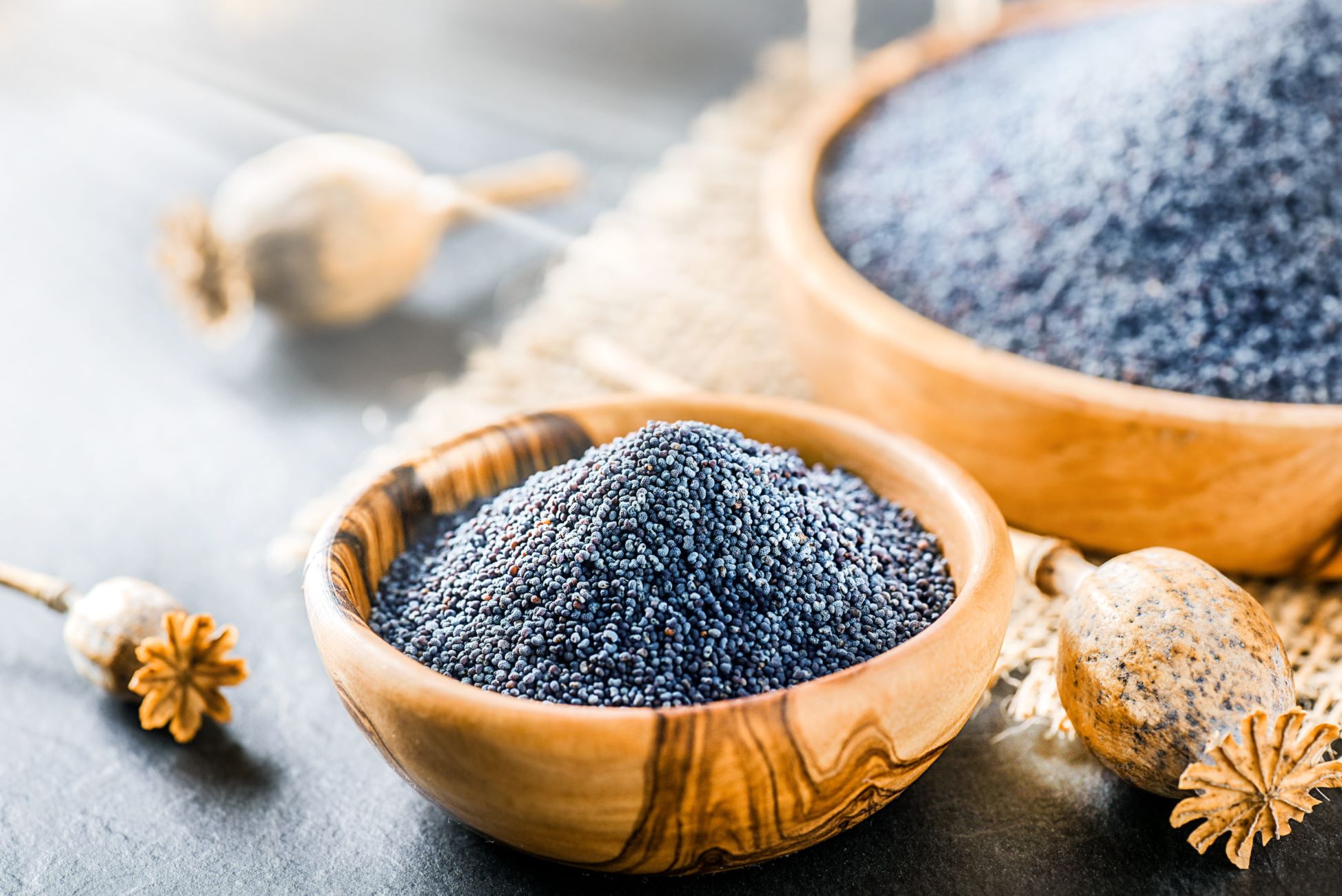
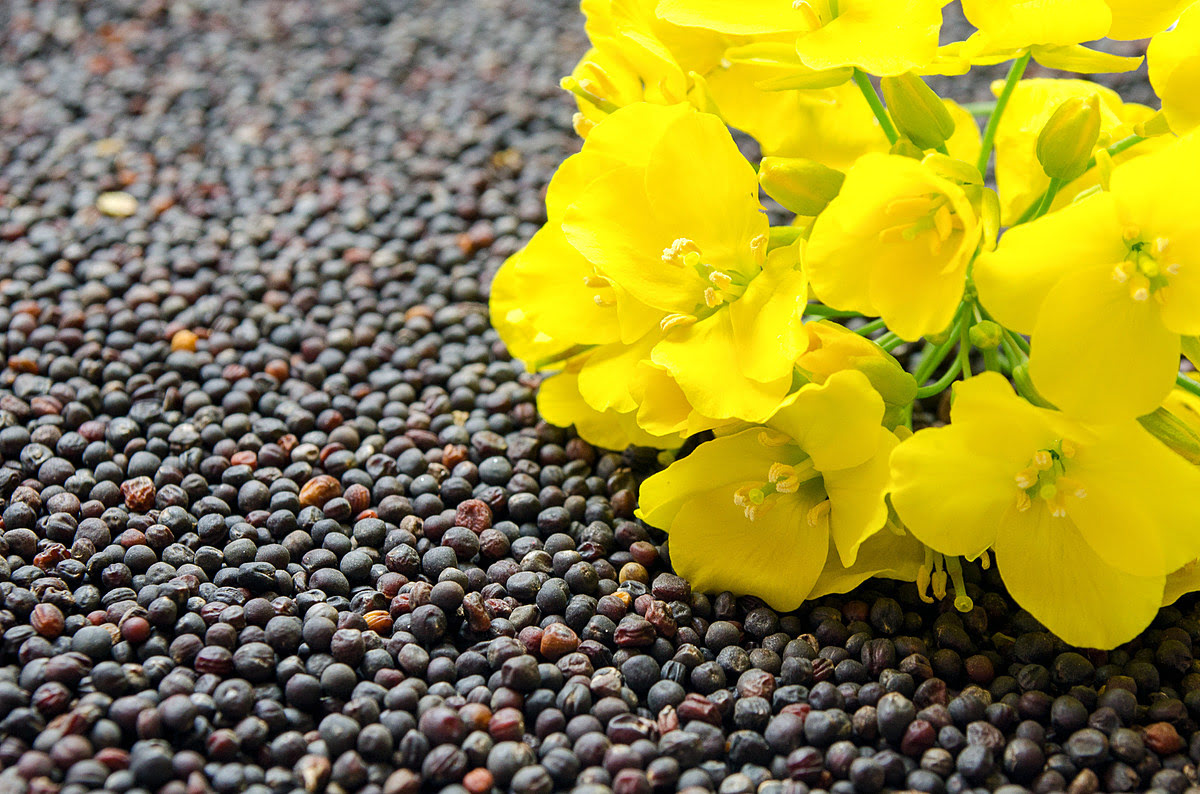
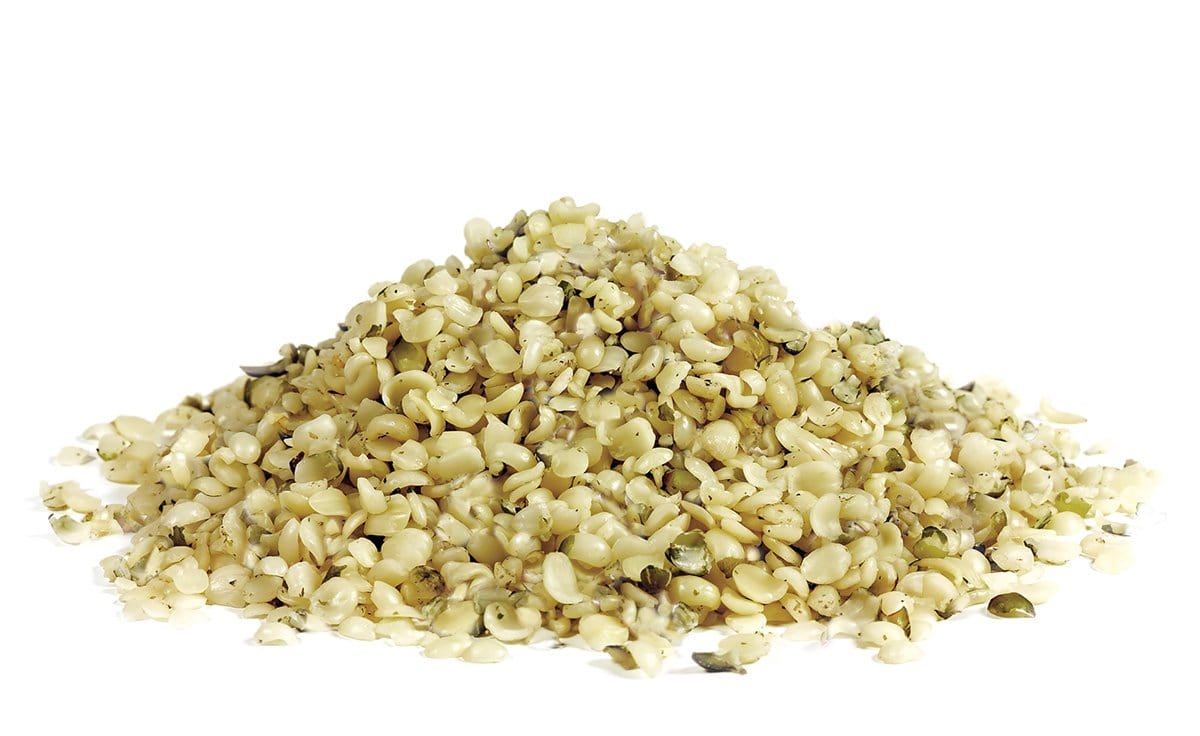
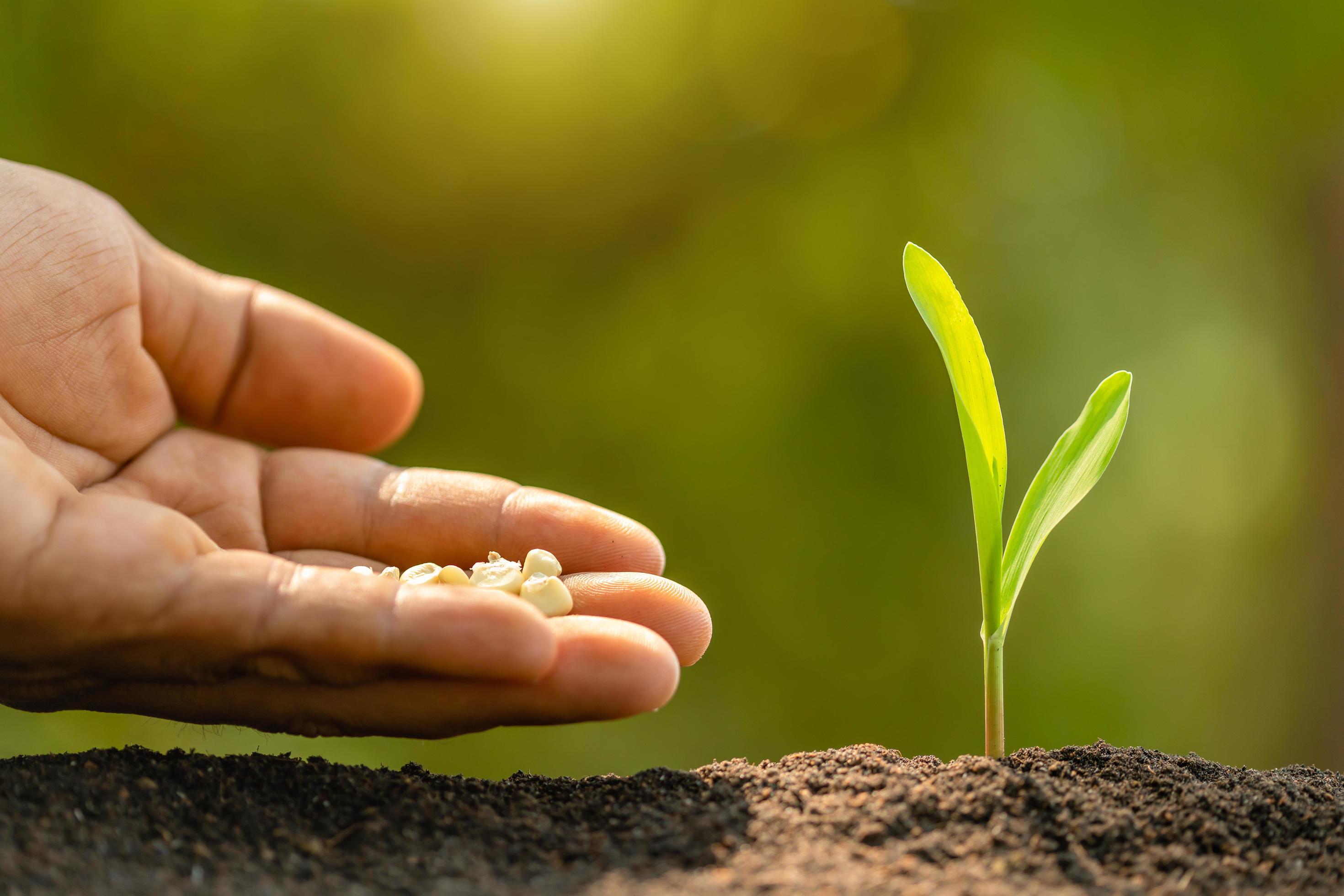
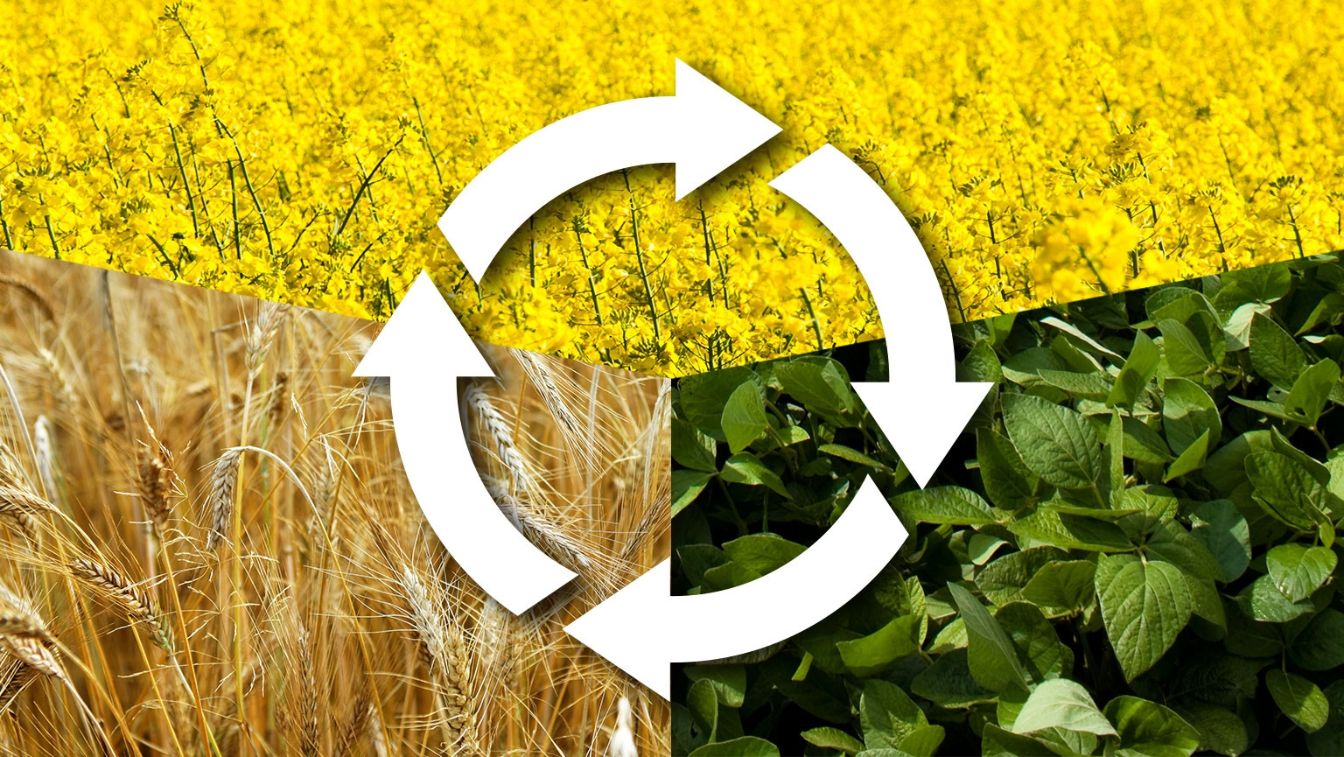
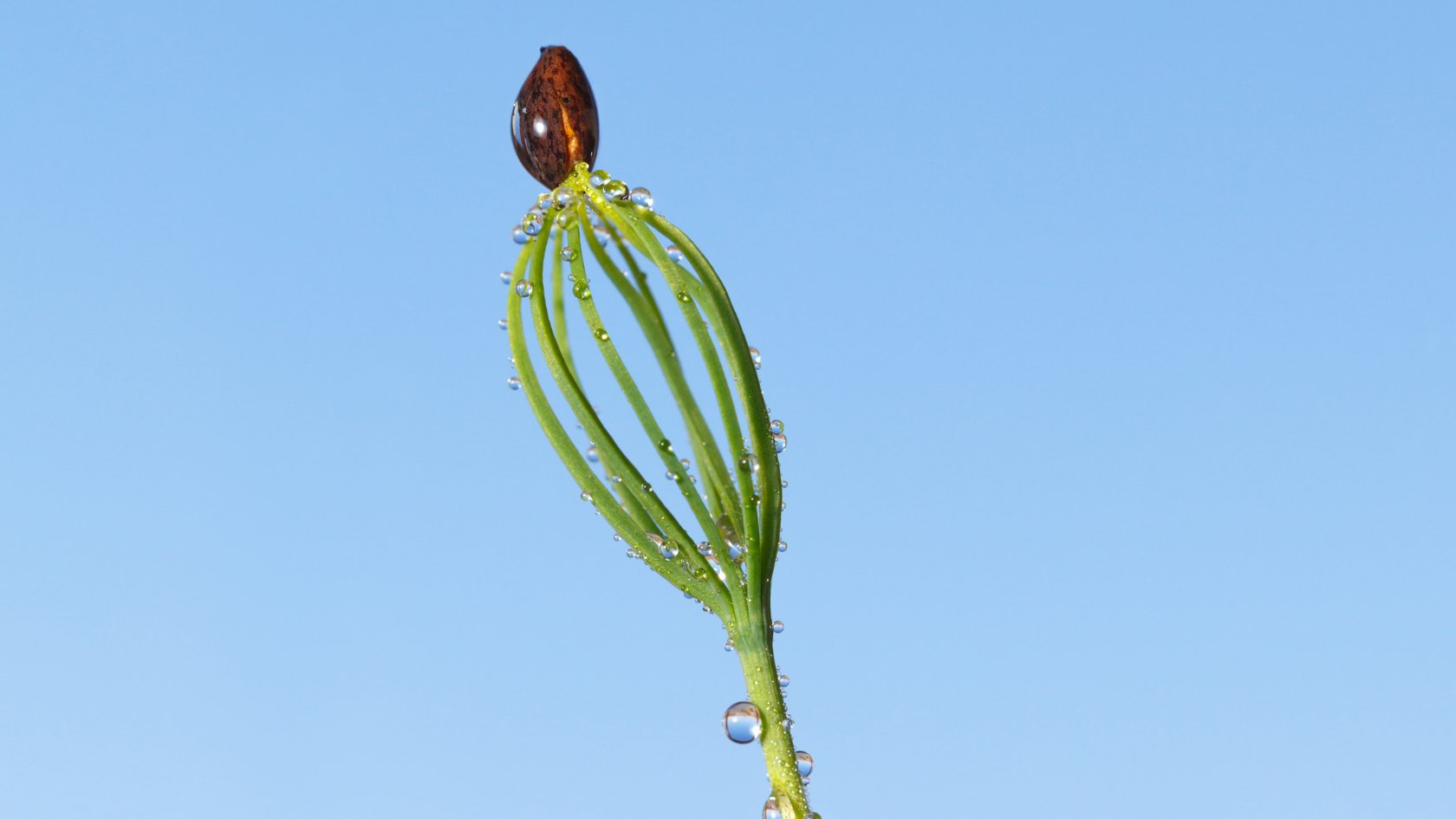

0 thoughts on “What Is Seed Scarification”